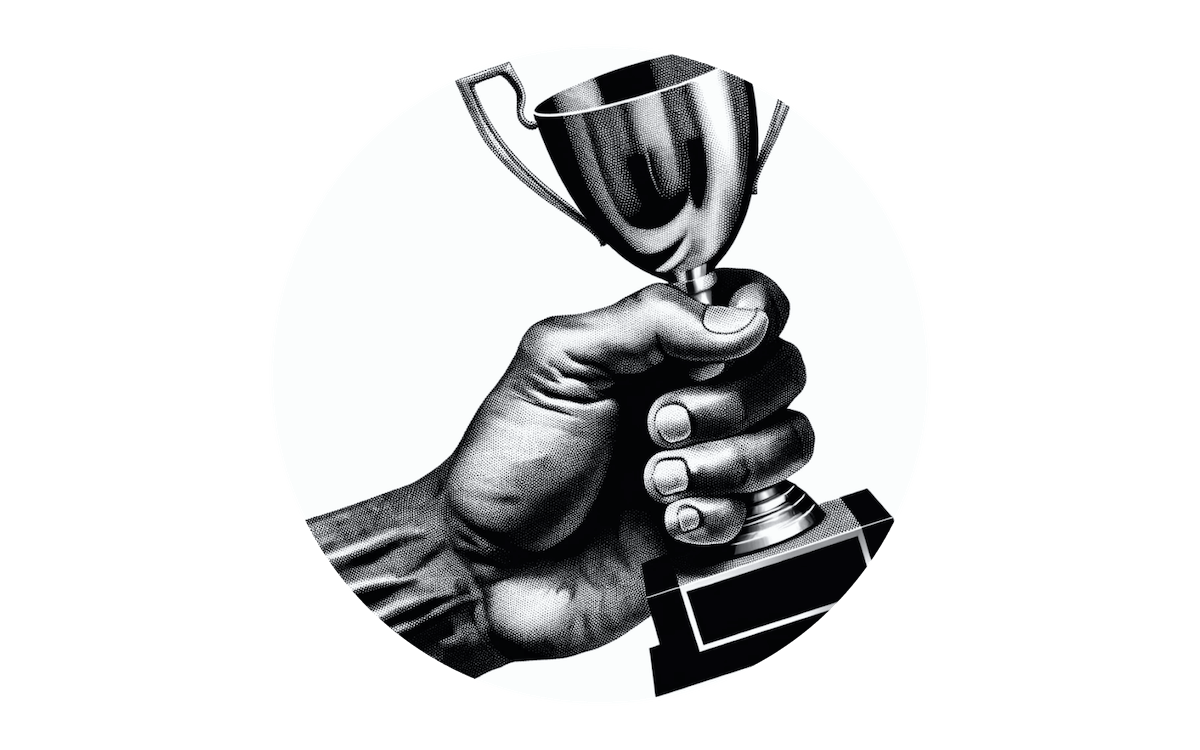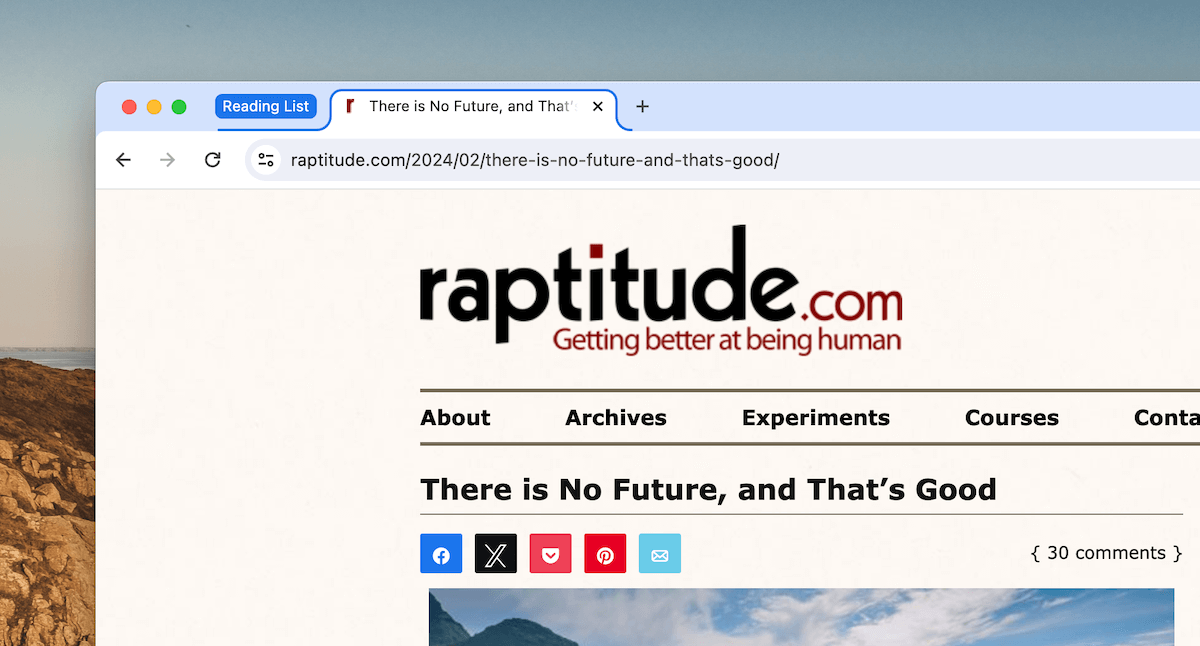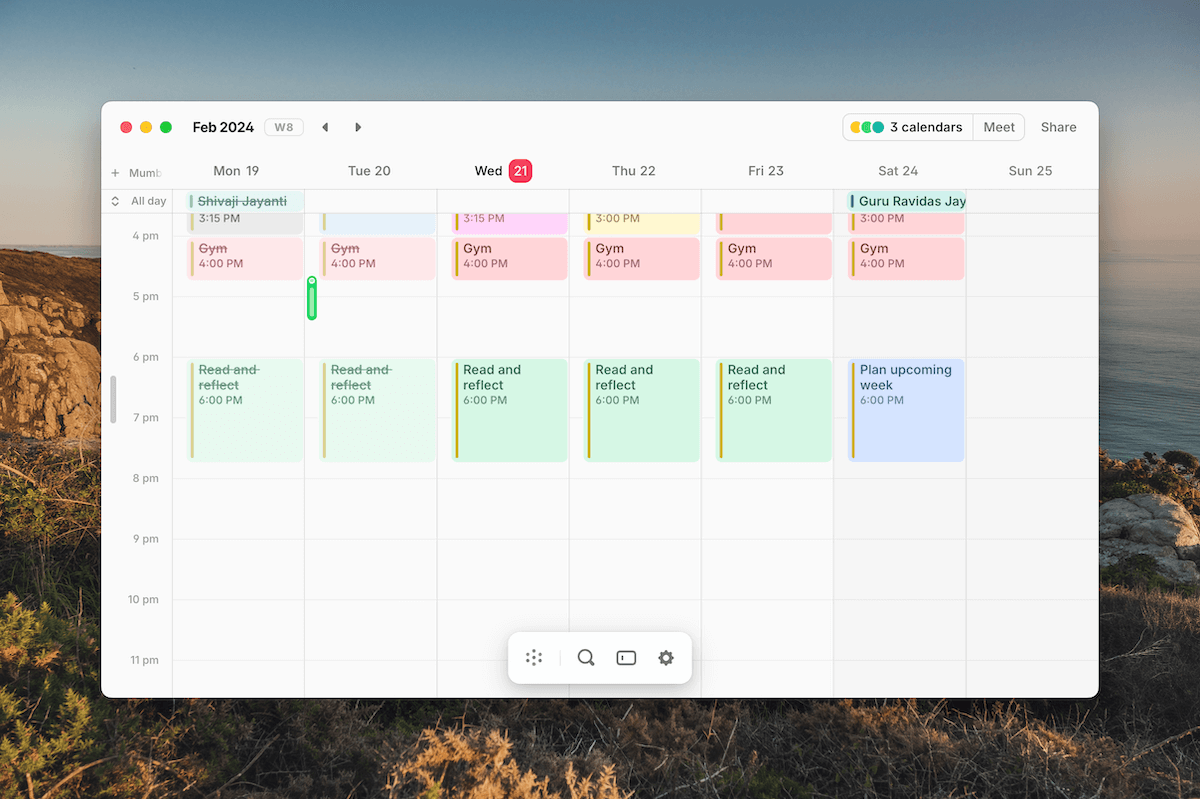Reading has been my biggest source of knowledge over the last decade.
For years, I have devoured book after book and read good blog posts online, which helped shape my thought process, introduced me to numerous concepts and frameworks I use and preach today, and has been a calming activity overall.
But, over the last few months, I've been out of touch with this habit which built me.
Shifting priorities, increasing burden at work, and general tiredness all contributed to me falling out of my habit of reading every day until I corrected my course and started reading every day again.
In this blog post, I'll be talking about how I gather blog posts and books for reading, how I make time for reading every day, and how you can add this life-changing habit to your daily schedule without it being a burden.
Let's start by:
Understanding and setting the right intentions
Reading for vanity metrics like 50 books a year is a wrong intention, to begin with.
Given the viral hype of these challenges and how they're promoted by influencers worldwide, I, too, fell prey to this mindset for a while.
The dopamine rush of speeding through a book and marking it as read on the Goodreads yearly reading challenge was so alluring that one year, I "read" around fifty books with nothing to show for it.
Although I read a great deal of personal growth books that year, I learnt close to nothing. It became more of a flexing exercise than a learning one.

Therefore, the first thing you should do before building a daily reading habit is to understand why you want to read.
What I do now instead is read with the intention of learning new ideas and concepts that I can use to help improve my life and then share with people like you on this blog.
With this intention, I don't have the pressure to read too many books or blog posts each year. I can make time for reading the ones that'll genuinely impact my life and be a worthwhile exercise.
On a different end of the spectrum:
I have a friend who voraciously reads fiction novel after novel because he loves good storytelling and fantasy worlds. Reading fiction books calms him down amidst all the chaos in the real world.

Your reason might be to read to grow professionally or even have the same intentions as me or my close friend.
Whatever it is, spend a few minutes now to find your intention to read daily.
What makes reading appealing to you? What do you want to gain through reading books or online articles?
Once you figure out your North Star principle for reading, carving out some time from your daily schedule will feel effortless.
Now:
With the right intentions locked and out of the way, the next thing on the list would be to:
Maintain a backlog of reading materials
Whenever I come across something interesting to read via RSS feeds, social media, or newsletters, I add that article or book to my backlog.
This backlog is nothing fancy. It's a folder called Reading List on my web browser containing a bunch of open tabs across the Web.
On the Arc desktop browser, all I do is drag and drop an article tab to this designated folder:
On the Arc iOS app, I pin pages to this folder using native sharing options on my phone:
After trying out various approaches to maintaining this backlog, such as using read-it-later apps like Instapaper or adding article links to a project in my to-do list app, I found maintaining a folder inside my web browser to be the most frictionless approach both ways — reading and collecting.
The blog posts are right where I want to read them without jumping through many hoops to read something online.
When I'm done reading, I close and remove the tab from the folder in a couple of clicks:
However:
If you use a different browser, such as Google Chrome, you can replicate the same process by creating a tab group like this:

Once you find an article that you want to read later, add it to your tab group:
After you're done reading, you can close the tab to remove it from your reading list.
I follow a similar approach with books, but instead of keeping a tab open, I find the book on Amazon and add it to my wishlist.
When finishing a book, I sift through my wishlist and find my next read.
But wait:
Why maintain a backlog in the first place?
Given that most of us are busy, reading blog posts or other materials as soon as we stumble upon them is unlikely.
A backlog of reading materials helps you capture those fleeting resources into a safe place for later review.
When it's time to read, you have a list of articles or books lined up. You don't have to scour reading materials in your limited time; instead, spend it reading interesting things.
Also, the best articles I've read are not the ones I actively went around websites and found. But they're usually the ones I stumble upon unexpectedly from various sources like social media, RSS feeds, etc.
Now:
This backlog is useless if you keep collecting articles but never make time to read them.
Articles will keep piling up until the point that picking one from the list and reading it would seem like an undesirable chore.
To address this situation and make reading a daily habit, I have:
Set aside dedicated reading time in my schedule
This is how my calendar looks these days:

Every day at around 6 pm, I settle down and read for about an hour and a half.
There's no set agenda during this time apart from reading something new. It can be an article from my backlog or a few chapters of a book I'm reading over the week.
Giving reading a dedicated slot in my day helps me make time for it every day without fail and get a chance to learn something new.
I chose a time in the evening because reading is relaxing for me and doesn't require the same brain power as doing something creative like writing. When I finish the day's work, I can sit down, open up something good and be immersed in the reading experience.
Now:
Not everyone has the luxury to take two hours from their schedule every day to read. I have this opportunity because I'm working on Hulry full-time and don't have the obligations of a full-time job right now.
If you can't set aside a dedicated time slot during the day for reading, try looking for regular free time in your days.
For example:
When working full-time at a 9–5 job, I sprinkled around my reading time in short bursts rather than one continuous block.
I read blog posts whenever I had 10–15 minutes between work and a couple more of them after I got off.
And I read a few chapters of a book every night before bed.

The time was limited and much shorter than what I have now, but the habit and the practice were alive. I read every day.
If you work on your business or can manage an hour or even less from your schedule to learn new things, schedule a slot every day on your calendar to ensure you follow through on this habit.
Without a set time and discipline, reading can get easily sidetracked in favour of other activities.
But even if you can't carve out a dedicated time block out of your schedule, you can still incorporate reading into your schedule by pairing it with a passive activity.
For example, while commuting to work on public transport, waiting for your dentist's appointment, winding down before bedtime, etc.
If you want to read every day, make time for it in your daily schedule.
Here's:
How you can get started
- Set your intentions. Take today to identify which type of content you want to read and why you want to read it. The right intentions will make pursuing this habit easier.
- Build your backlog. As you go about your day tomorrow, take time between work to browse some of your favourite blogs and collect 6–10 articles you want to read next. If you're into books more than articles, find out a book and purchase it.
- Read. Take 15–30 minutes towards the end of your day to read what you've collected. It can be a single blog post or a chapter of a book you've wanted to read for so long. There's no target to meet; read as much as possible in the time you've set aside.
- Rinse and repeat. Take the example of your first day and repeat adding more reading materials to your backlog and make time to read as you see fit during your day. It can be reading in bursts throughout the day or setting aside time to read at once. Whatever works for you.
Now:
While this blog post was focused on setting up a reading habit, the underlying principles extend beyond that.
Not everyone I've met prefers to read. Some people enjoy listening to podcasts. Some get their dose of information via videos.
You can apply the same process to your preferred learning medium.
You can make a backlog of podcast episodes you want to listen to or videos you want to watch on YouTube and then take 20–30 minutes out of your schedule to go through these collected materials.
Try it out, and good luck.



 In-depth articles, series and guides
In-depth articles, series and guides
